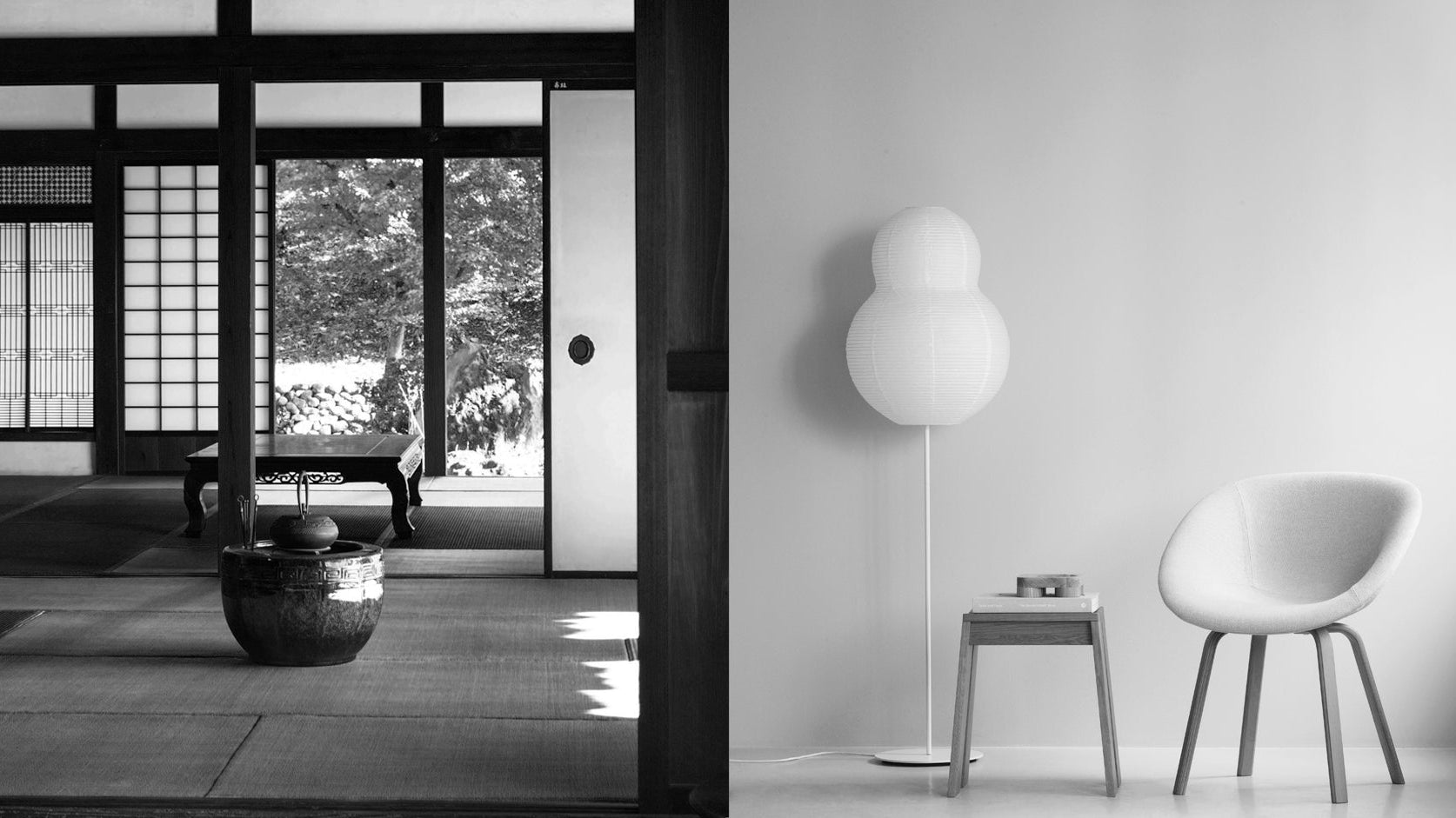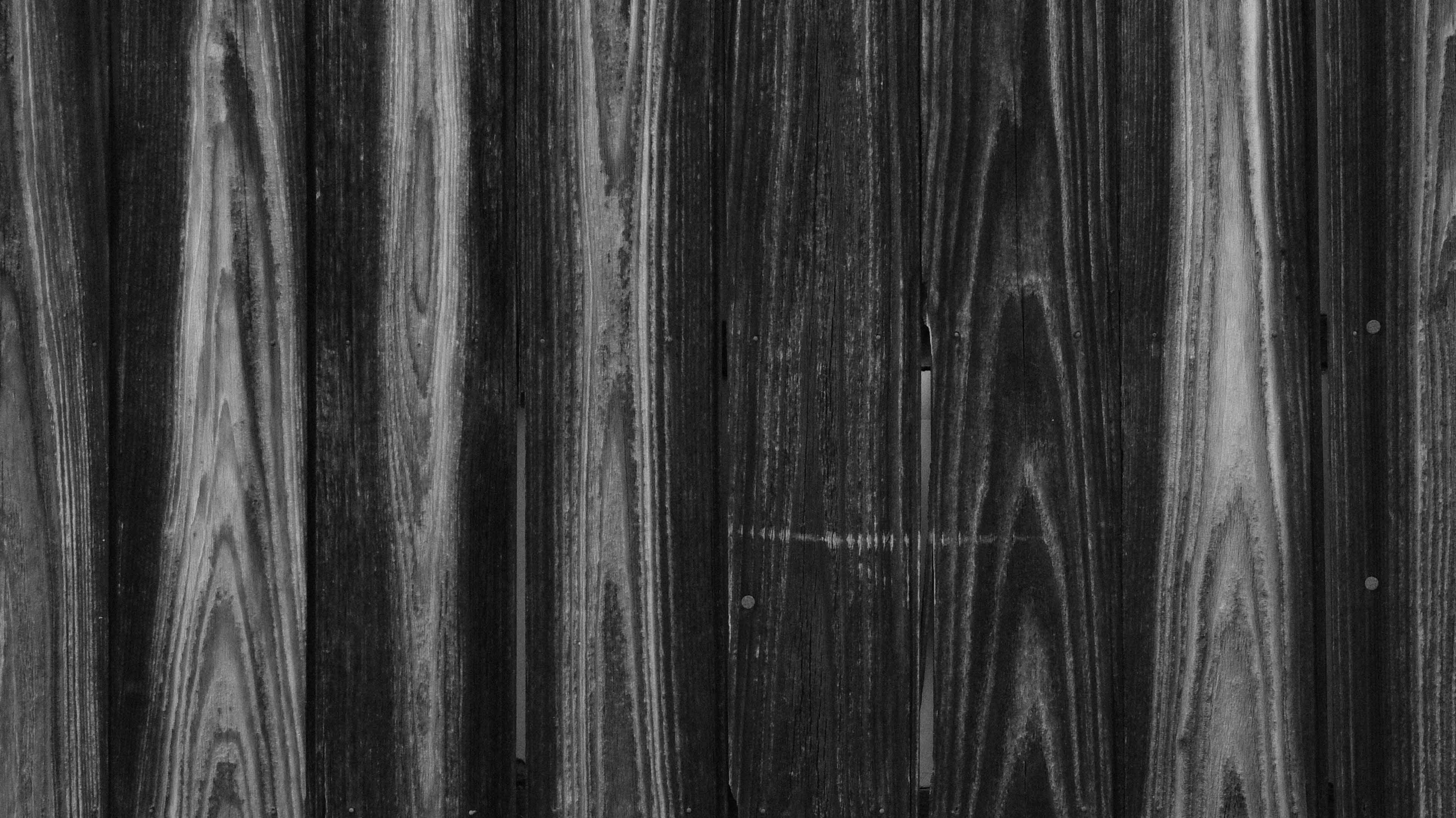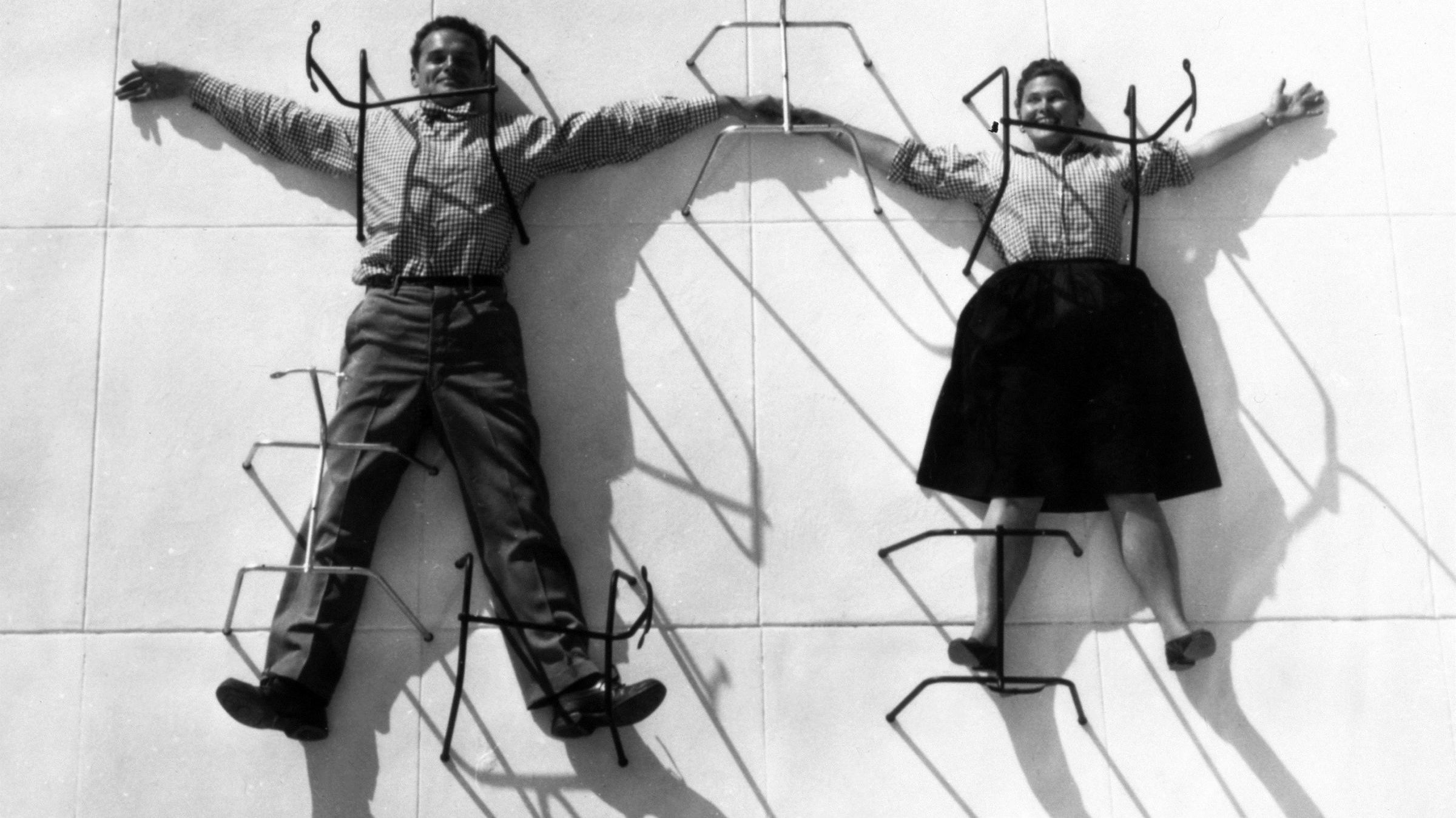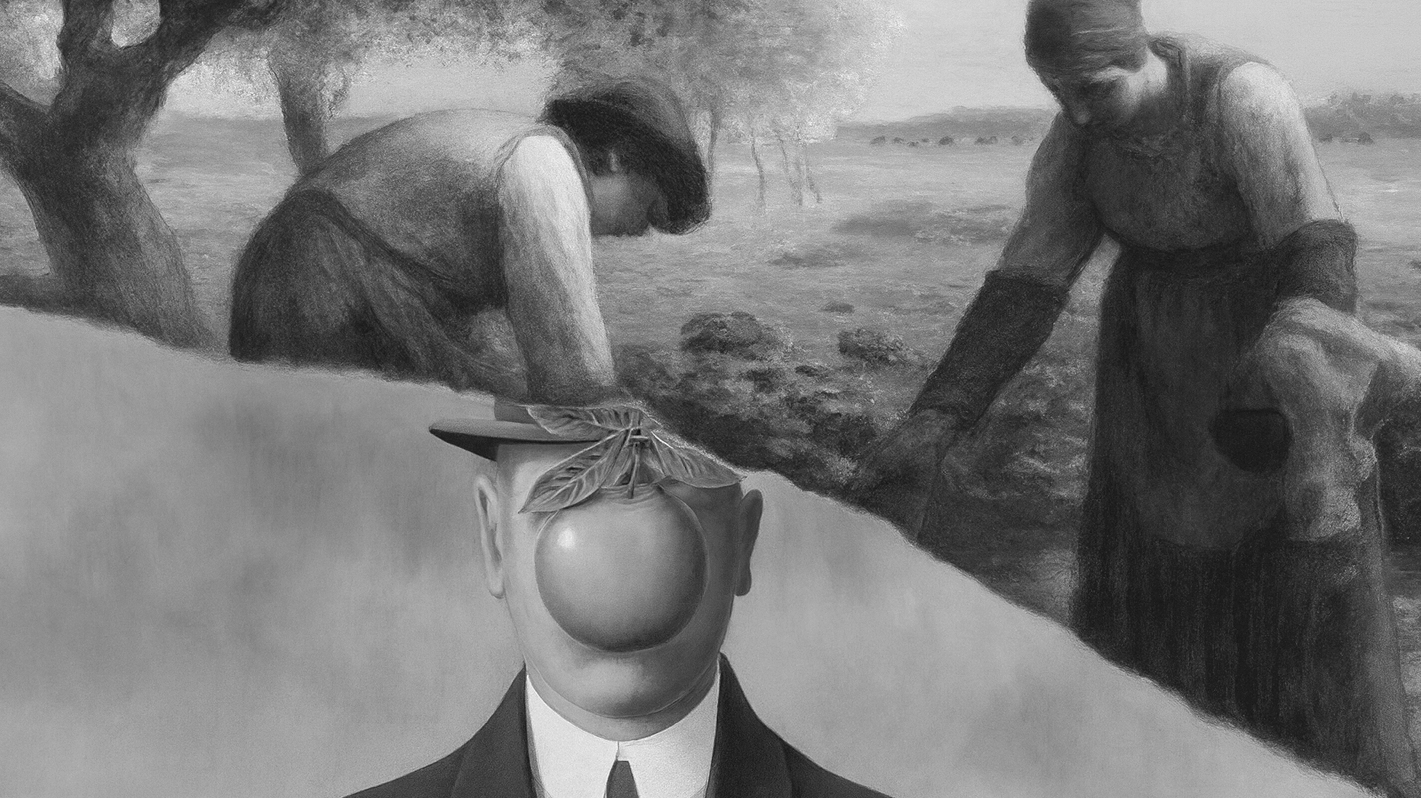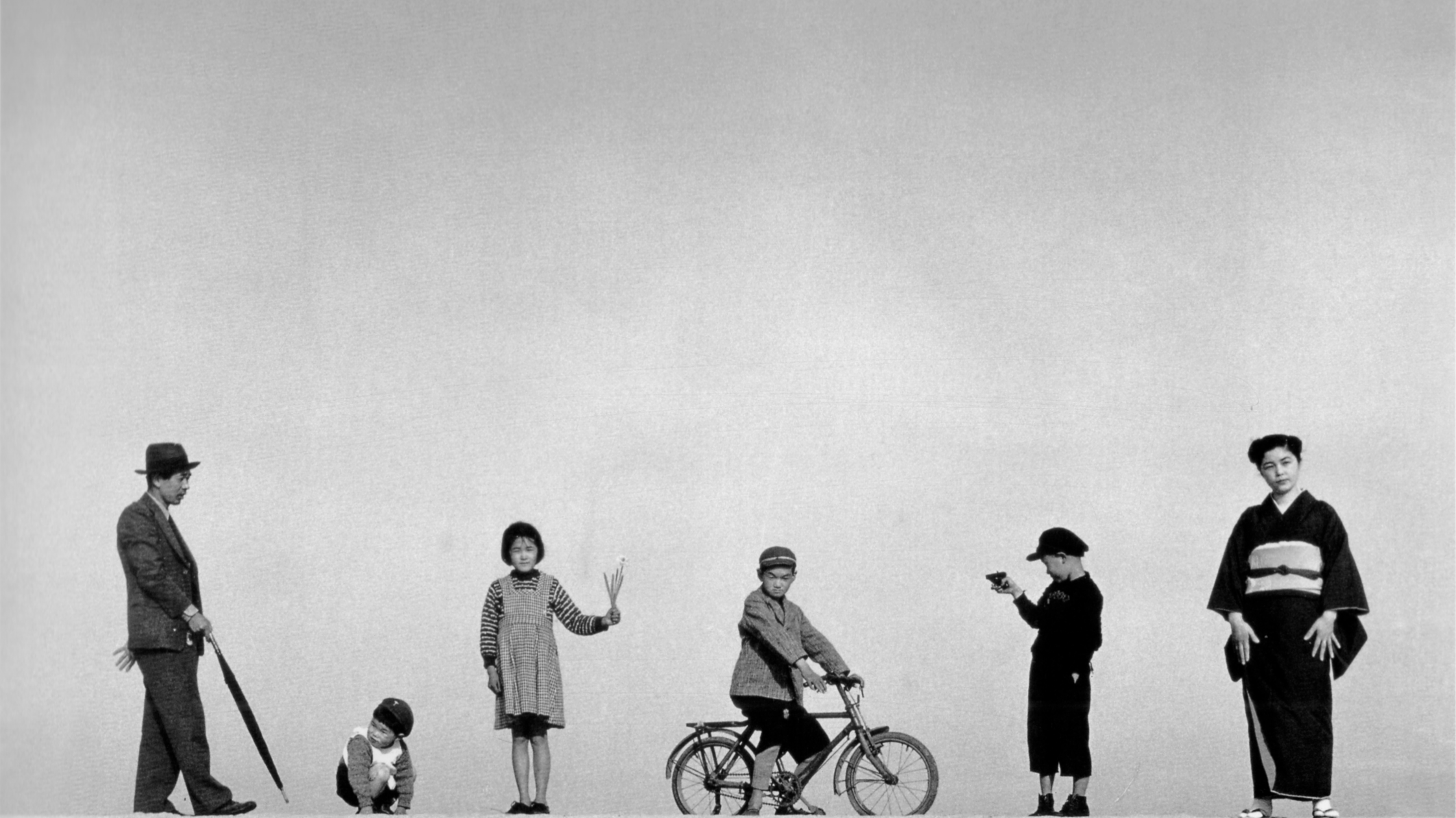(Kyoto City Guide | The Green Beauty of Rurikoin Temple in Early Summer - dans le gris)
(Kyoto City Guide | The Green Beauty of Rurikoin Temple in Early Summer - dans le gris)
About Rurikoin Temple
Rurikoin Temple (瑠璃光院) is not only a scenic and tranquil place but also holds a beautiful meaning in its name. "Rurikoin" is a Japanese term where "Ruri" (瑠璃) refers to lapis lazuli, a gemstone with diverse and colorful mythology, hinting at its historical value comparable to gold. Moreover, lapis lazuli is the color of the Pure Land, one of the turquoise jewels that adorn the Pure Land of Paradise. "Ko" (光) means light, and "in" (院) means temple or institute. This temple is named "Rurikoin" because the entire main garden seems to glimmer with the light of lapis lazuli. The name suggests a place of serene beauty and spiritual enlightenment, much like lapis lazuli, which has timeless associations with deities.
(Kyoto City Guide | The Green Beauty of Rurikoin Temple in Early Summer - dans le gris)
The Green Beauty of Rurikoin Temple in Early Summer
There is no parking available at Rurikoin Temple. Additionally, during special viewing periods, private vehicle access in the vicinity is restricted. It is advisable to use public transportation when visiting. The closest station is Yase-Hieizanguchi Station on the Eizan Railway, along the clear waters of the Takano River. From there, it takes about 10 minutes walking to reach Rurikoin Temple. The wooden signs with tree shadows embody a sense of serene beauty and tranquility.
(Kyoto City Guide | The Green Beauty of Rurikoin Temple in Early Summer - dans le gris)

The wooden signs introducing Rurikoin Temple, with tree shadows, embody a sense of serene beauty and tranquility.
(Kyoto City Guide | The Green Beauty of Rurikoin Temple in Early Summer - dans le gris)
After buying tickets, we walk through the moss-covered garden, passing through a wooden door. As we walk leisurely, we come across a stone bridge over the pond, where visitors can observe swimming carp, revered in Japan as symbols representing strength, resolution, perseverance, and good fortune. The final entrance is just ahead, offering a chance to enjoy the elegance of sukiya-style architecture.
(Kyoto City Guide | The Green Beauty of Rurikoin Temple in Early Summer - dans le gris)

Moss-covered garden at Rurikoin Temple.
(Kyoto City Guide | The Green Beauty of Rurikoin Temple in Early Summer - dans le gris)
In Rurikoin Temple's sukiya-style architecture, we not only appreciate the masterpiece showcasing the craftsmanship of artisans but also gaze upon the garden, sensing moments of gentle tranquility. Surrounded by green trees and plants, every corner allows us to feel the closeness of nature.
(Kyoto City Guide | The Green Beauty of Rurikoin Temple in Early Summer - dans le gris)

Left: The lamp from Rurikoin Temple; Right: A smooth lacquered table reflecting the vibrant trees outside.
(Kyoto City Guide | The Green Beauty of Rurikoin Temple in Early Summer - dans le gris)
Inside, tatami rooms offer stunning views of the surrounding nature through large windows, creating a perfect harmony between indoors and outdoors. The second floor of Rurikoin Temple is truly impressive. Here, a smooth lacquered table reflects the vibrant trees outside as light filters through the windows, resembling a scene from a gallery painting.
Furthermore, Rurikoin Temple features a tea room with significant historical and cultural heritage. The tea room embodies the principles of Wabi Sabi, reflecting the spirit of harmony, respect, purity, and tranquility cherished by tea master Sen no Rikyū, who remains central to chadō (Japanese Tea Ceremony) practices today.
• Further Reading: Japanese Tea Ceremony: The Philosophy of "One Encounter, One Chance"
(Kyoto City Guide | The Green Beauty of Rurikoin Temple in Early Summer - dans le gris)

Visitors can enjoy matcha at Rurikoin Temple and feel a sense of tranquility with the views.
(Kyoto City Guide | The Green Beauty of Rurikoin Temple in Early Summer - dans le gris)
Visiting Rurikoin Temple in early summer brings out the vibrant vitality of nature. The fresh green leaves create a soothing and lively atmosphere. Although it is more renowned for its brilliant red and orange foliage during autumn, Rurikoin Temple's green beauty in early summer offers a different yet equally enchanting peaceful atmosphere.
(Kyoto City Guide | The Green Beauty of Rurikoin Temple in Early Summer - dans le gris)
History of Rurikoin Temple
When we visit Rurikoin Temple, we immediately notice that it differs from the usual temples in Kyoto. This uniqueness can be traced back to its history, as Rurikoin Temple surprisingly began as a villa.
Originally, Rurikoin Temple was a villa named "Kikaku-tei" (喜鶴亭), belonging to Prince Sanjō Sanetomi (1837-1891), a prominent imperial court noble and politician during Japan's Meiji period. In the 1930s, the villa underwent renovation by master architect Nakamura Sotoji (中村外二), who employed the sukiya-zukuri architectural style. During this renovation, the gardens were designed by Toemon Sano (佐野藤右衛門), a renowned garden designer of the time. These gardens are integral to Rurikoin Temple's charm and are celebrated for their serene beauty, which changes with the seasons.
(Kyoto City Guide | The Green Beauty of Rurikoin Temple in Early Summer - dans le gris)

The window views of Rurikoin Temple in early summer.
(Kyoto City Guide | The Green Beauty of Rurikoin Temple in Early Summer - dans le gris)
Legend has it that during the Jinshin War in 672 AD, Prince Ōama (later Emperor Tenmu) suffered an arrow wound to his back. He is said to have healed his wound in Yase's Kamaburo, a steam bath known as "Yase Kamaburo." This event led to the area being named "Yase (八瀨)," derived from its homophonous connection with "arrow wound" (yase). This legend has been passed down through generations and is part of the cultural history associated with Yase and Rurikoin Temple.
In 2005, Komyoji Temple (光明寺), concerned about preserving the historic site and scenery, purchased it and converted it into a temple named Rurikoin. The original name "Kikaku-tei" (喜鶴亭) was retained as the name of a tea room within the temple grounds. This move emphasized the spirit of preserving history. Moreover, this transformation added a spiritual dimension to Rurikoin Temple's historical and architectural significance, making it a place revered for its cultural heritage and tranquil atmosphere.
(Kyoto City Guide | The Green Beauty of Rurikoin Temple in Early Summer - dans le gris)
Rurikoin Temple Opening Hours
For those planning to visit Rurikoin Temple, it is important to note that the temple is open to the public for very limited periods in spring, summer, and autumn. No reservation is required in spring and summer, but reservations are necessary in autumn. For more information, please check Rurikoin Temple's website.
Spring Opening Hours
▸ Visiting Period: 4/13 - 6/16
▸ Visiting Hours: 10:00 - 17:00 (last admission at 16:30)
▸ Reservation: No reservation is necessary; visitors are welcome to come directly.
Summer Opening Hours
▸ Visiting Period: 7/13 - 8/18
▸ Visiting Hours: 10:00 - 17:00 (last admission at 16:30)
▸ Reservation: No reservation is necessary; visitors are welcome to come directly.
Autumn Opening Hours
▸ Visiting Period: 10/1 - 12/10
▸ Visiting Hours: 10:00 - 17:00 (last admission at 16:30)
▸ Reservation: Upon confirmation of your reservation, you will be promptly notified. We kindly ask for your patience while awaiting notification.
Please remember to check the Rurikoin Temple's website before your visit, as information may not be immediately updated. Latest update: 2024/6/26.
(Kyoto City Guide | The Green Beauty of Rurikoin Temple in Early Summer - dans le gris)
琉璃光院 Rurikoin Temple
▸ Location:
Kyoto, Japan
▸ Address:
55 Kamitakano Higashiyama, Sakyo Ward, Kyoto, 606-0067, Japan
▸ Admission Fee:
Adults ¥2,000; Child ¥1,000 (Elementary school students and younger children are free of charge. The fee for those with a disability certificate is ¥1,000. Please present your student ID. The admission fee should be paid at the reception in front of the Rurikoin Temple gate.)
▸ Important Notice:
1. The use of tripods, monopods, holding photo sessions, and taking commercial photos without permission are not allowed in Rurikoin Temple.
2. Due to limited capacity, group tours are not permitted. Please understand this in advance.
3. Eating and drinking within the temple grounds are prohibited.
4. There is no parking available. Please use public transportation when visiting.
(Kyoto City Guide | The Green Beauty of Rurikoin Temple in Early Summer - dans le gris)
Read another Kyoto City Guide:
• The Garden of Fine Arts by Tadao Ando
• Kyoto City Guide | Otagi Nenbutsu-ji Temple
• 5 Must-Visit Art Museums in Kyoto
• Kyoto City Guide | Daikaku-ji Temple
About Us
Dans Le Gris is a brand that began with everyday jewelry, with each handmade piece designed and crafted in Taiwan. We deeply value every detail, dedicating ourselves to creating timeless pieces through collaboration with experienced craftsmen.
In our journal, we provide irregular updates featuring articles about art, culture, and design. Our curated content encompasses diverse aspects of life, with the aspiration to offer meaningful insights and inspiration.

